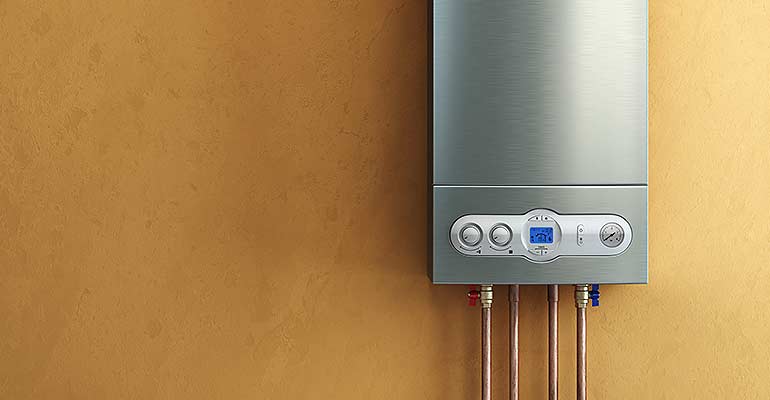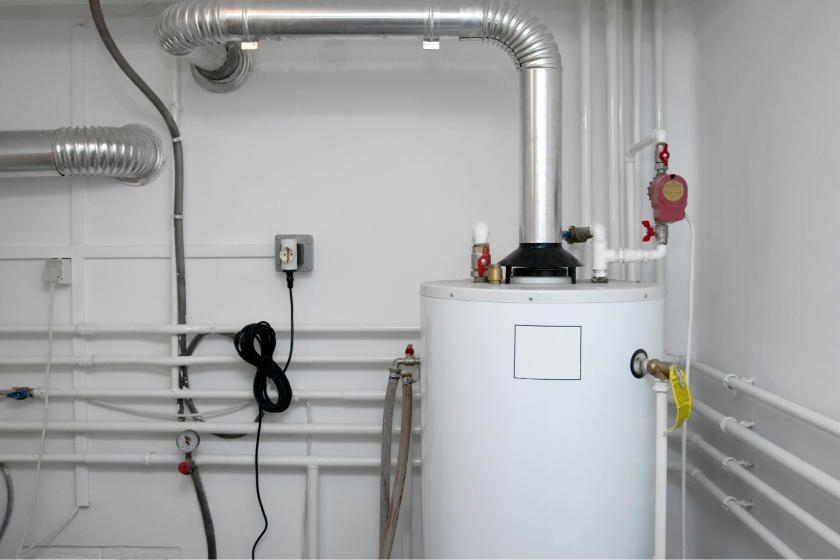Steps to Successfully Care for Your Home's Hot Water SystemEffective Techniques for Caring for Your Home's Hot Water System
Steps to Successfully Care for Your Home's Hot Water SystemEffective Techniques for Caring for Your Home's Hot Water System
Blog Article
How do you really feel in relation to How to Maintain a Hot Water Heater in a Few Simple Steps?

Hot water is necessary for day-to-day comfort, whether it's for a rejuvenating shower or cleaning recipes. To guarantee your hot water system runs efficiently and lasts longer, normal maintenance is vital. This write-up supplies sensible pointers and understandings on just how to preserve your home's warm water system to stay clear of disturbances and expensive fixings.
Intro
Keeping your home's warm water system might appear overwhelming, yet with a few easy actions, you can guarantee it runs smoothly for many years ahead. This overview covers everything from understanding your hot water system to DIY upkeep tips and understanding when to hire professional assistance.
Value of Preserving Your Warm Water System
Normal maintenance not only extends the life expectancy of your hot water system but also ensures it operates successfully. Disregarding upkeep can bring about lowered effectiveness, higher energy bills, and even early failing of the system.
Indications Your Hot Water System Requirements Maintenance
Knowing when your warm water system requires interest can avoid major concerns. Watch out for indications such as inconsistent water temperature, unusual sounds from the heater, or corroded water.
Understanding Your Warm Water System
Prior to diving into upkeep tasks, it's valuable to recognize the basic elements of your warm water system. Generally, this includes the hot water heater itself, pipelines, anode rods, and temperature level controls.
Month-to-month Maintenance Tasks
Normal regular monthly checks can aid catch small problems prior to they intensify.
Flushing the Hot Water Heater
Flushing your water heater eliminates debris buildup, enhancing performance and prolonging its life.
Checking and Changing Anode Rods
Anode poles avoid rust inside the storage tank. Checking and changing them when broken is essential.
Checking and Readjusting Temperature Level Settings
Readjusting the temperature setups makes sure optimal efficiency and safety.
Do It Yourself Tips for Maintenance
You can execute a number of upkeep tasks on your own to keep your warm water system in top problem.
Checking for Leakages
Frequently inspect pipelines and connections for leakages, as these can lead to water damages and greater expenses.
Testing Pressure Alleviation Valves
Evaluating the stress relief valve guarantees it functions correctly and stops too much pressure accumulation.
Shielding Pipes
Shielding hot water pipes lowers heat loss and can conserve energy.
When to Call a Specialist
While do it yourself maintenance is helpful, some issues call for expert expertise.
Facility Issues Calling For Expert Aid
Examples include significant leaks, electric problems, or if your hot water heater is regularly underperforming.
Regular Specialist Maintenance Advantages
Expert upkeep can include extensive examinations, tune-ups, and ensuring compliance with safety requirements.
Conclusion
Routine upkeep of your home's hot water system is necessary for efficiency, durability, and price financial savings. By following these suggestions and understanding when to look for specialist help, you can guarantee a reputable supply of warm water without unanticipated disruptions.
How to Maintain an Instant Hot Water Heater
Before tinkering with your hot water heater, make sure that it’s not powered on. You also have to turn off the main circuit breaker and shut off the main gas line to prevent accidents. Also turn off the water valves connected to your unit to prevent water from flowing into and out of the appliance. 2. When you’re done, you have to detach the purge valves’ caps. These look like the letter “T” and are situated on either side of the water valves. Doing so will release any pressure that has accumulated inside the valves while at the same time avoid hot water from shooting out and burning your skin. 3. When the purge valves’ caps are removed, you have to connect your hosing lines to the valves. Your unit should have come with three hoses but if it didn’t, you can purchase these things from any hardware or home repair shops. You can also get them from retail stores that sell water heating systems. Read the user’s manual and follow it to complete this task properly. When the hosing lines are connected, open the purge port’s valves. 4. You should never use harsh chemical cleaners or solutions when cleaning your unit. Make use of white vinegar instead. It should be undiluted and you’ll probably use about 2 gallons. 5. Now flush your water heater. This task should probably take about 40 minutes. We can’t give you specific directions for this because the procedure is carried out depending on the type, model and brand of your heater. With that being said, refer to the user’s manual. 6. When you’re done draining the unit, you have to turn off the purge port valves again. Remove the hosing lines that you earlier installed on each of the water valves. Put the valve caps (purge port) back in their respective places and be very careful so as not to damage the rubber discs that are found inside these caps. 7. Now that everything’s back in place, check your user’s manual again to find out how to reactivate your water heating system. 8. Once it is working, turn one of your hot water faucets on just to let air pass through the heater’s water supply pipes. Leave the tap on until water flows smoothly out of it. https://www.orrplumbing.com/blog/2014/september/how-to-maintain-an-instant-hot-water-heater/

We are very curious about Tips on Maintaining a Water Heater and I am praying you liked the new blog post. Are you aware of another person who is in to the subject? Be sure share it. Thank-you for going through it.
Start Now Report this page